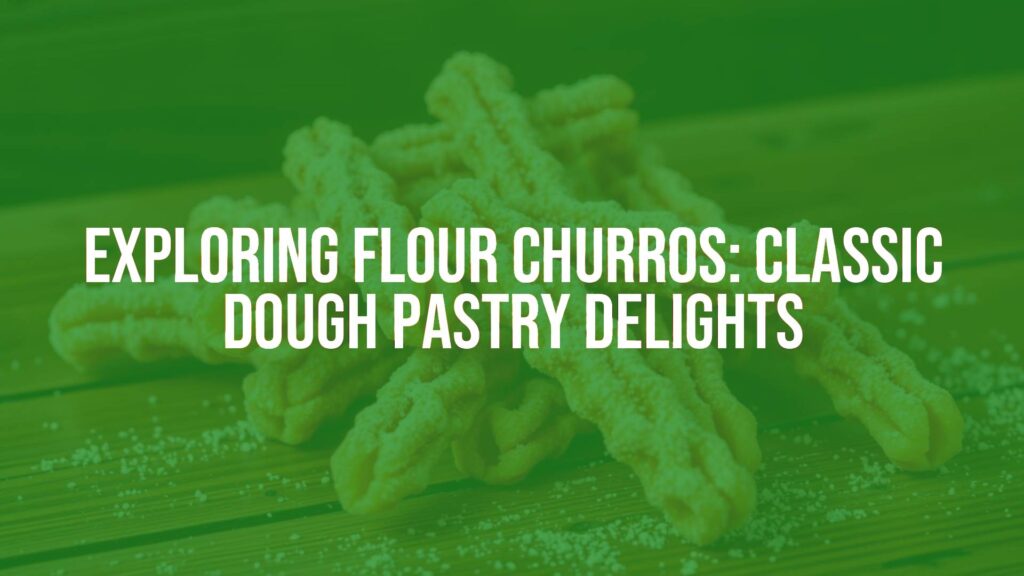Introduction to Flour Churros
Flour churros are a celebrated variant of the beloved fried pastry, relying on all-purpose wheat flour as their essential base. Distinguished by their golden, crisp exterior and tender, airy interior, flour churros are a familiar sight in cafes, street stalls, and churrerías around the world. While many types of churros exist, the use of wheat flour is the most traditional and foundational, forming the backbone of this popular treat.
Defining Characteristics
Churros made with flour are renowned for their appealing contrast in texture: a crunchy shell envelopes a slightly chewy, soft inside. Typically piped into long, ridged shapes using a star-shaped nozzle, they are fried until perfectly golden. After frying, flour churros are commonly dusted with granulated or cinnamon sugar, giving them a sweet and aromatic finish.
Historical and Cultural Background
The roots of flour churros trace back to the Iberian Peninsula, where they became a cherished breakfast or snack item. Over time, they spread throughout Latin America and beyond. In Spain and Portugal, flour churros are often enjoyed with thick hot chocolate. Their portable nature made them a favorite for celebrations, fairs, and early-morning markets, establishing a lasting presence in various food cultures.
Key Ingredients and Composition
The hallmark of flour churros is, unsurprisingly, wheat flour. The dough typically combines flour, water, and salt, though some recipes include a small amount of fat, such as butter or oil, to enrich texture and flavor. The dough is mixed until smooth and elastic, then extruded through a piping bag to create the classic ridged surface before frying. Simple as they are, the proportions and quality of the flour play a crucial role in determining the final product’s bite and structure.
Popular Variations
Although the fundamental recipe remains consistent, flour churros exhibit diversity in shape, size, and sweetness. Some versions are thick and doughy, while others are thin and almost crisp throughout. Sweet churros are often rolled in cinnamon sugar, while savory variations may omit the sugary topping or even include cheese in the dough. Regional adaptations sometimes use different coatings or fillings—chocolate, dulce de leche, or vanilla cream are popular options.
Ingredient Substitutions
Classic flour churros are made with wheat flour, but gluten-free alternatives may substitute rice flour or a gluten-free blend. While substitutions can alter the texture, they allow more people to enjoy this delightful pastry.
Serving Traditions and Pairings
Flour churros shine when served hot and fresh, often paired with dipping sauces. Spanish tradition favors a cup of thick hot chocolate, while in Latin America, sweetened condensed milk or caramel-like dulce de leche complements their taste. Coffee, atole, or spiced hot beverages are also popular accompaniments. Churros can be enjoyed as part of a festive gathering or as a quick street snack, highlighting their versatility.
Conclusion
Flour churros remain a testament to how a simple combination of humble ingredients—flour, water, and a pinch of salt—can create a beloved treat cherished worldwide. Their history, adaptability, and delightful sensory attributes secure their place as a classic pastry, enjoyed across cultures and generations.

